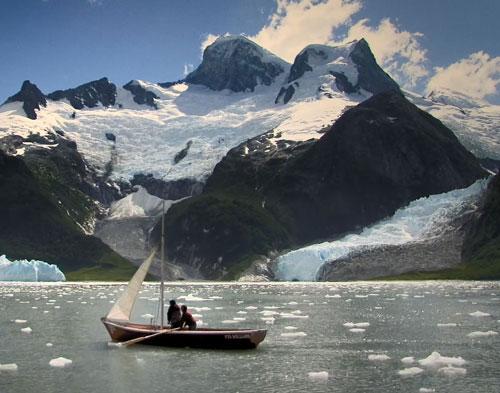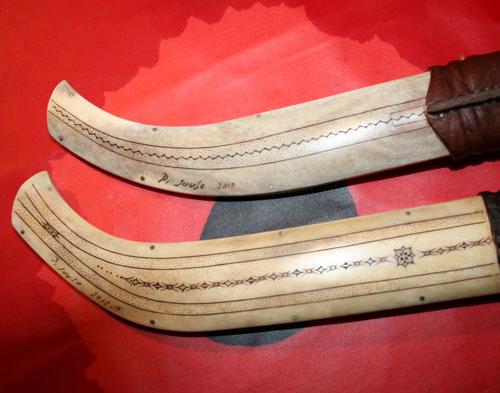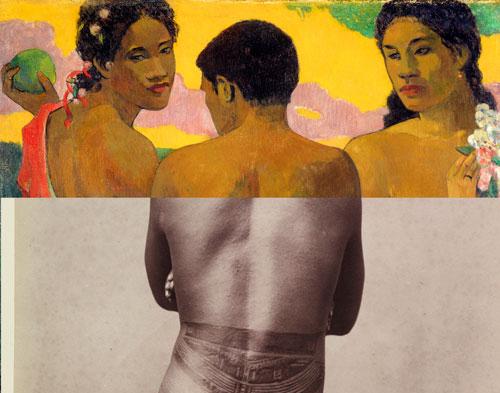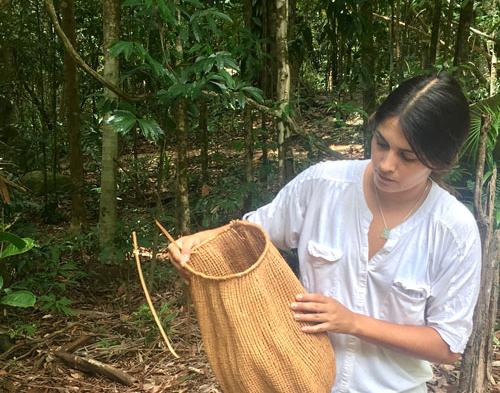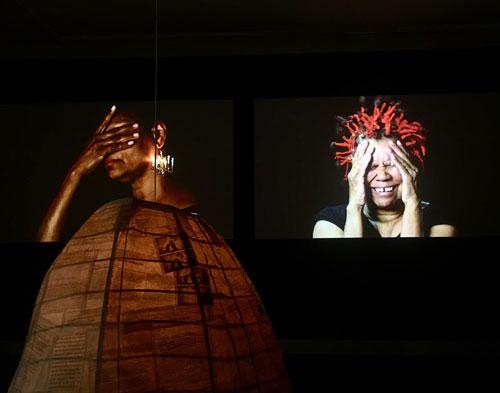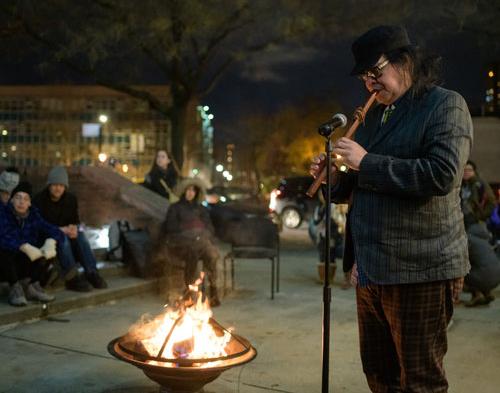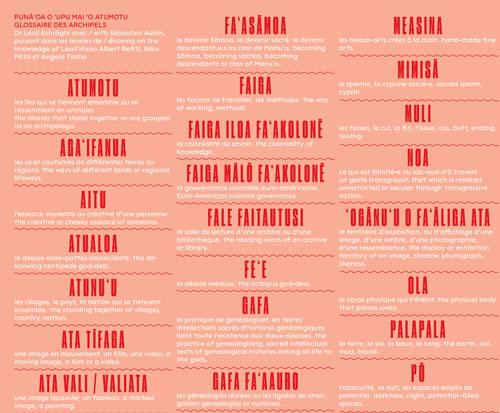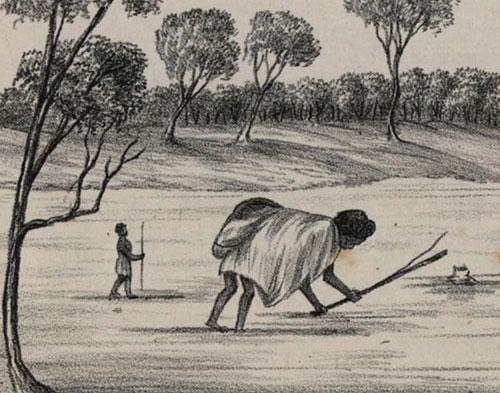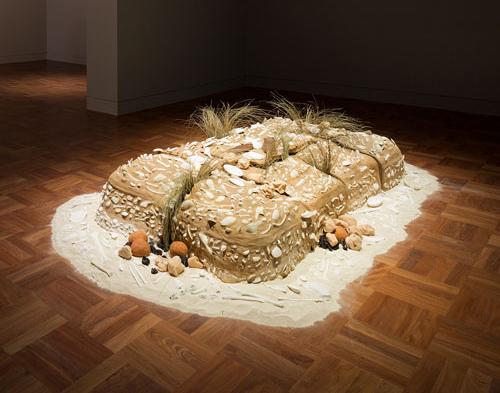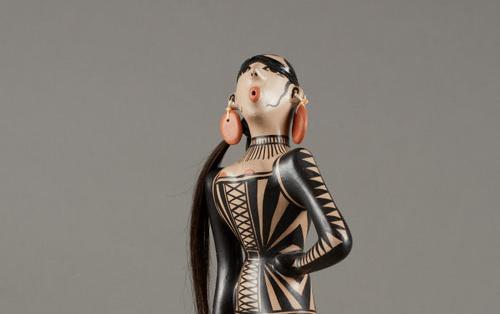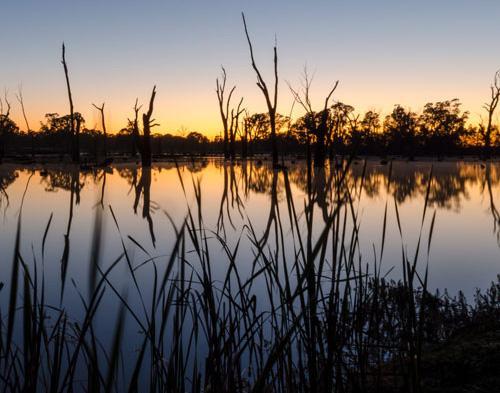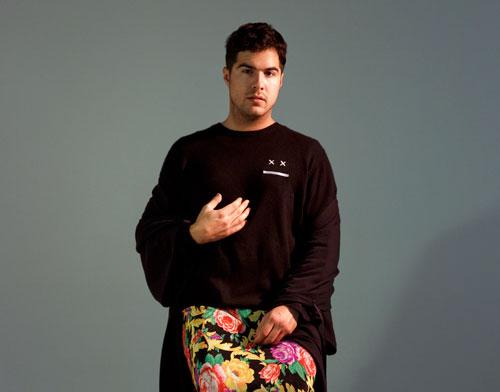Notes from Kahoʻolawe, Ka Paeʻāina o Hawaiʻi, Moananuiākea
In July 2019 we visited Tāmaki Makaurau Auckland to attend a week-long curatorial intensive, a collaboration between Artspace Aotearoa and Independent Curators International (ICI). Artists, writers and curators from throughout Moananuiākea the Pacific and elsewhere gathered. Arriving amidst a growing occupation, following an eviction notice being served to, and the subsequent arrests of, Ihumātao land protectors near the Auckland International Airport in Māngere, we were reminded that resistance efforts by Indigenous peoples – against capitalism, globalism, and cultural imperialism – are ongoing and commonplace throughout the Great Ocean. The energy was palpable, inescapably influencing our experiences and focus over the week.

